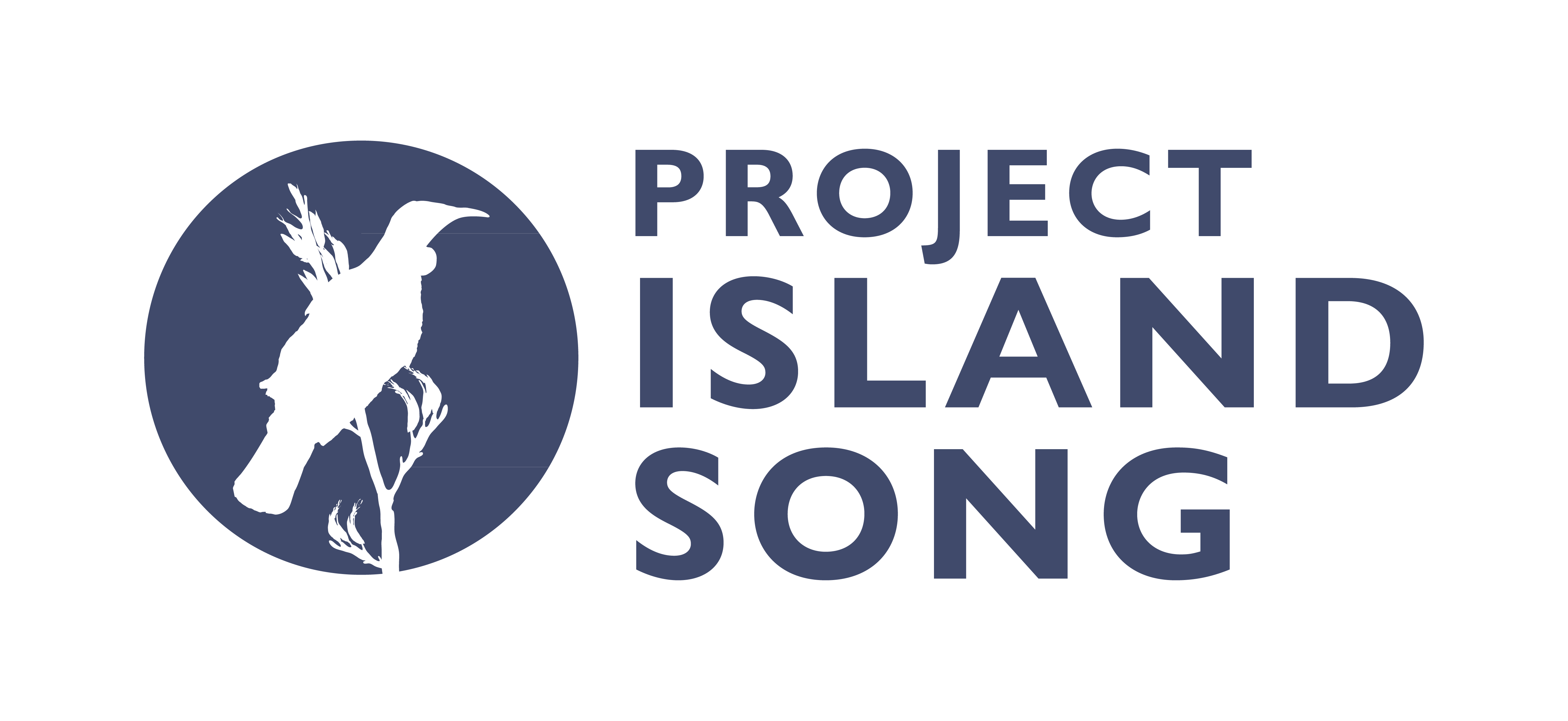Welcome to the birthplace of New Zealand!
The Bay of Islands is one of New Zealand's most spectacular destinations to visit year round. Its sheltered waters make it the perfect place to view a variety of marine life, including dolphins, whales and seals. Regarded as the birthplace of New Zealand, the region affords a unique insight into early European settlement and Māori culture, making a visit to the Bay a must-do on any New Zealand itinerary.
The Bay of Islands has a long, fascinating and often wild history. Once a booming, bustling and bawdy seafaring centre, it’s now a peaceful and pristine spot, and offers the perfect base for exploring Northland.
Bay of Islands Geography
The Bay of Islands is a natural harbour about 16 kilometres wide on the north-eastern coast of New Zealand’s North Island. At its northern end are the Kerikeri and Te Puna (Mangonui) inlets and to the south is the Waikare inlet.
The Bay is home to 144 islands, ranging from rocky outcrops to large inhabited islands with private farms. Towns in and around the Bay of Islands include Paihia, Russell, Kerikeri, Opua and Kawakawa.
Because we're situated in the 'winterless north' of New Zealand, the Bay of Islands enjoys mild winters and hot summers. Summer temperatures can pass 30°C (around 90° F), with January and February the warmest months.
The average rainfall in the Bay of Islands is around 2000mm. Thanks to tropical currents travelling down from the equator, typical water temperatures are 20–22°C in summer, and 15–16°C in winter.
The Bay of Islands’ calm, sandy beaches, abundant marine life and lush native forest make it a popular holiday destination for New Zealanders and visitors.
Getting to the Bay of Islands
Wondering how to get to the Bay of Islands?
Visit our Getting to the Bay of Islands guide for a range of options to suit every traveller, and be sure to download Fullers Bay of Islands Cruise Map for your guide to the islands of Ipipiri - the Bay of Islands.
Things to do in the Bay of Islands
With warm, calm water year-round, the Bay of Islands is a marine playground, perfect for swimming, boating, fishing, diving and kayaking. Explore its beautiful beaches or get out on the water with a cruise.
The region is renowned for its native wildlife, including marine mammals like dolphins, seals and whales, and a range of birdlife. View our Bay of Islands Wildlife Guide.
Fullers Bay of Islands offers a wide range of cruises around the Bay, as well as tours to the Far North.
Surrounded by rolling farmland and native bush, the Bay is a popular spot for walking and hiking.
A must do while you are in the Bay of Islands is a trip out to Otehei Bay on Urupukapuka Island. A stop at Otehei Bay is included in all of our cruises, or you can take the 40 minute ferry across to spend the day. Find out more here.
Bay of Islands History
The Fish of Maui
Using a fishhook made of the jawbone of his ancestor Muri-ranga-whenua, the Māori hero Maui fishes up the North Island. It is named Te Ika a Maui (The Fish of Maui).
C 1000AD: Kupe Discovers Aotearoa
The great Polynesian navigator, Kupe, sails here from Hawaiiki and named this untouched ‘Aotearoa, Land of the Long White Cloud’.
1400s: The Great Migration
One of seven great waka (canoes) used to migrate from Hawaiiki, the Mataatua reaches the Bay of Islands, where Māori establish many tribes.
1769: A Mighty Endeavour
Captain James Cook charts New Zealand aboard the Endeavour. Very taken with this beautiful bay of 144 islands (by his count) he names it … the Bay of Islands.
1772: Blood in the Bay
An expedition led by French explorer Marion du Fresne ends violently at Assassination Cove in Te Hue Bay near Russell. What started as a fairly peaceful relationship with the local Māori tribes turns sour, possibly because the explorers are found fishing in a tapu (sacred) place. du Fresne and many of his crew are killed and eaten, and the French then kill as many as 250 Māori in retaliation.
1814: First Missionaries Arrive
Kororareka (or Russell) is now a wild and lawless port town of sailors, whalers, sealers and deserters. The first missionaries arrive in the Bay of Islands to try and sort them out.
1840: The Treaty of Waitangi
A historic agreement between Māori tribes (iwi) and the British Crown is signed at Waitangi by 43 Northland chiefs and 500 other Māori chiefs on 6 February 1840, now celebrated as a national holiday.
1841: Capitals and Liquor
Okiato, later called Russell, becomes New Zealand’s first capital. The Duke of Marlborough Hotel is issued New Zealand’s first liquor license in Russell.
1887: Launch of the Undine
Albert Ernest Fuller launches the sailing ship ‘Undine’ to deliver coal supplies to the islands.
1900: A quieter life
The country’s capital moves to Auckland (then later to Wellington) and the Bay of Islands becomes a bit more like the peaceful, picturesque place you see before you today.
1927: The Cream Trip
Fuller acquires the Cream Trip contract from Edmund Lane and starts transporting cream from farms on the islands. The next year he also wins the Royal Mail contract, allowing him to deliver post.
1960s: A Day in the Bay
The Cream Trip has become a popular attraction. For five shillings a tourist can spend all day on the iconic Bay Belle launch, picking up cream cans from isolated farms and having a great outing in the Bay.
1978: Preserving the Bay
The Bay of Islands Maritime and Historic Park is established to promote the area as a recreational paradise and help protect its special character, so that future residents visitors can continue to enjoy it.
Bay of Islands Culture
In the centuries after Kupe discovered New Zealand, Māori migrated here in great waka (canoes) and settled around the Northland region. The Bay of Islands is home to many iwi (tribes) including the Ngāpuhi.
Many early Māori settlements later played important roles in the development of New Zealand, such as Kororareka (Russell), Kerikeri and Waitangi.
The signing of the Treaty of Waitangi in 1840 shaped our nation’s history. A visit to the Treaty Grounds is a great way to learn about Māori culture and the events leading up to the treaty signing.
Throughout the region there are opportunities to experience Māori culture and hear the myths and legends of this deeply spiritual people.

Project Island Song is a pest free wildlife sanctuary. The seven main islands in the eastern Bay of Islands have enjoyed pest-free status since 2009 making them a haven for some of our most endangered animals and plants.
It is important to keep these ecologically significant Islands pest free.
Read more about Visiting the Pest Free Islands of Ipipiri and Project Island Song




